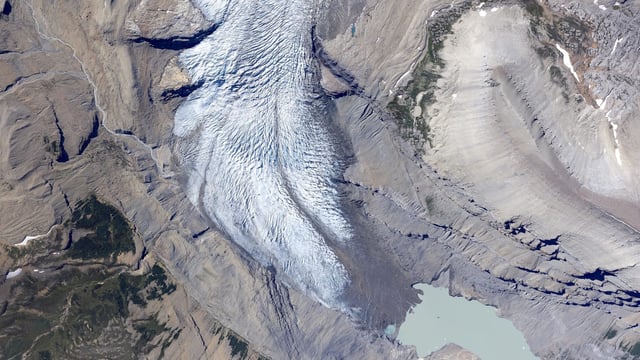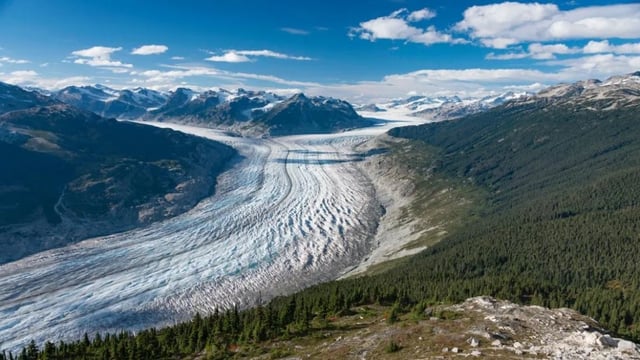Overview
- Glaciers in Western Canada and the United States lost 12% of their mass from 2021 to 2024, doubling the melt rate compared to 2010–2020.
- Low winter snow accumulation, early-season heat waves and prolonged dry spells have reduced albedo and accelerated ice loss.
- Increased black carbon from severe wildfire seasons has darkened glacier surfaces, creating a feedback loop that fuels further melting.
- From 2000 to 2023, glaciers worldwide shed roughly 273 gigatonnes of ice each year, contributing about one-fifth of observed sea-level rise.
- Most glaciers in the study regions are projected to vanish by the end of this century under moderate emissions scenarios unless models incorporate processes like ash deposition and albedo changes.

